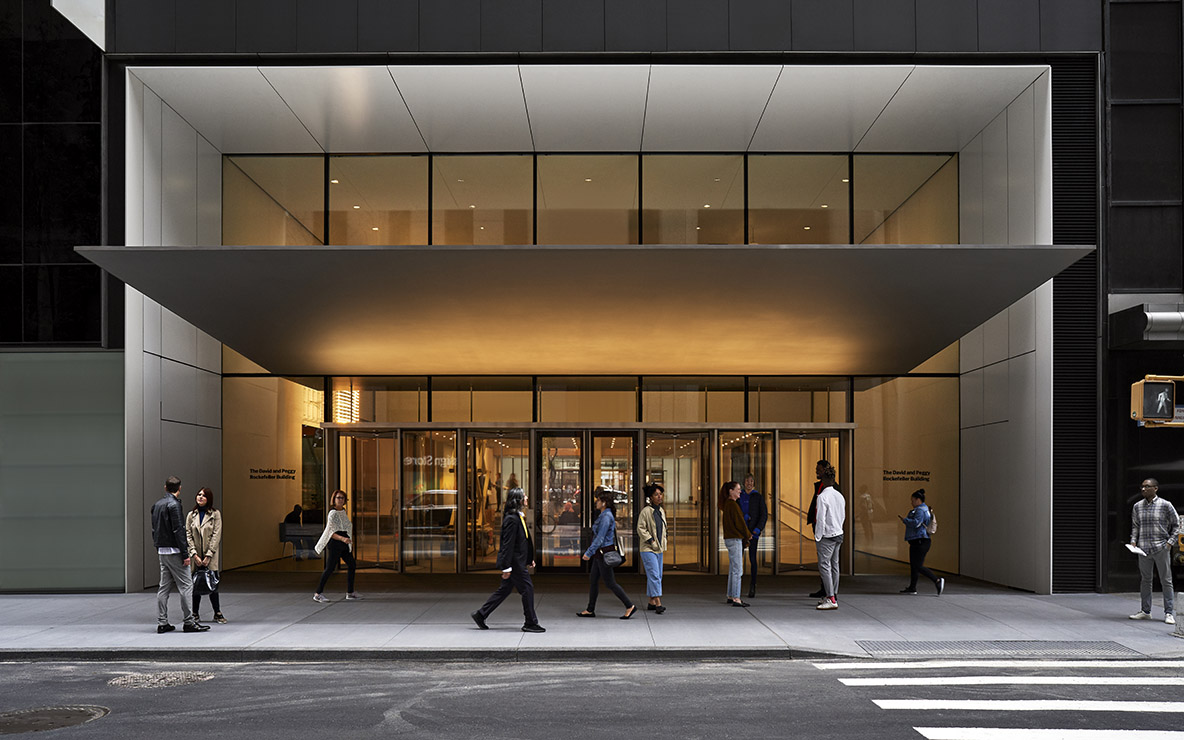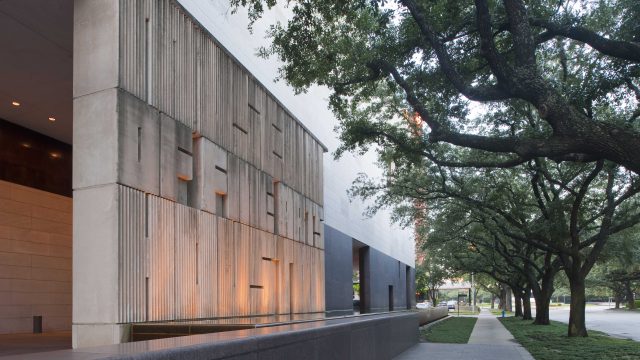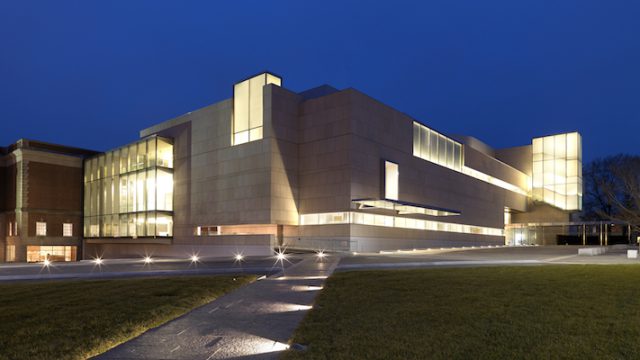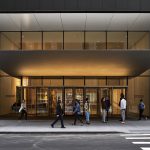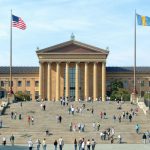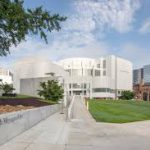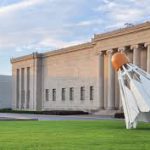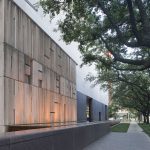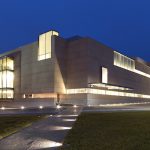Location
MoMA, 11, West 53rd Street, Manhattan Community Board 5, Manhattan, New York County, New York, 10019, United States
Contact Information
Address
MoMA, 11, West 53rd Street, Manhattan Community Board 5, Manhattan, New York County, New York, 10019, United States
Phone
Email
Website
Zip/Post Code
10019

